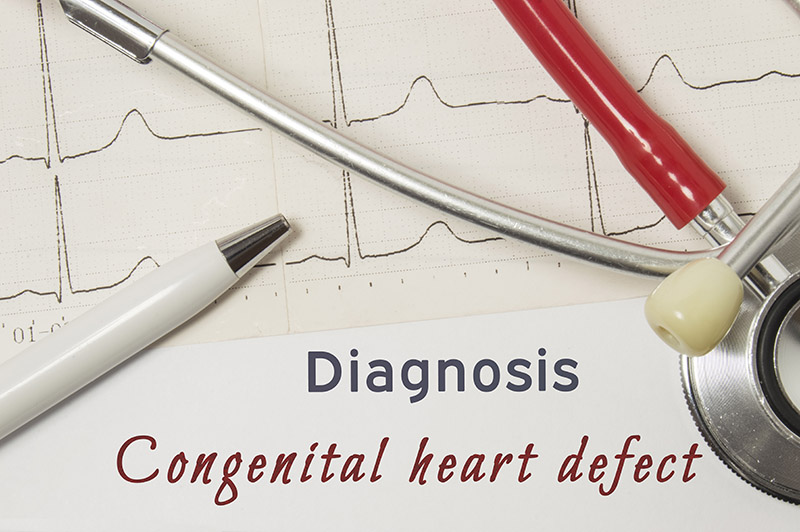Volume 33, Nº 1, January and february 2020
DOI: http://www.dx.doi.org/10.5935/2359-4802.20190067
ORIGINAL ARTICLE
Coarctation of The Aorta: A Case-Series from a Tertiary Care Hospital
Joaquim Barreto
Juliana Roda
Carlos Wustemberg Germano
Ana Paula Damiano
Thiago Quinaglia

Abstract
Background: Coarctation of the aorta is a congenital segmental narrowing of the aortic arch with severe hemodynamic repercussions and increased cardiovascular mortality. Early surgical correction and life-time echocardiographic follow-up must be performed to improve prognosis. However, this goal has been challenged by high rates of underdiagnosis, which delay surgical correction, and by recoarctation in up to one third of operated patients.
Objectives: The objectives of this study were: (i) to register the frequency of common clinical signs at diagnosis of coarctation of the aorta; (ii) to describe the course of echocardiographic parameters before and during the follow-up of coartectomized subjects; (iii) to analyze the clinical prognosis of patients according to baseline characteristics, occurrence of recoarctation and associated malformations. Methods: Case-series of 72 patients coarctectomized between June 1996 and November 2016 in a tertiary care hospital. Clinical, echocardiographic and surgical variables were considered. All patients were submitted to coarctectomy by posterolateral thoracotomy and end-to-end anastomosis. Data were classified as parametric or non-parametric by Kolmogorov-Smirnov test. Parametric data were expressed as mean and standard deviation, and non-parametric data as median and interquartile range. Continuous variables were analyzed using paired t-tests, and categorical variables were compared by chi-square test. For all analysis, a p-value of less than 0.05 was considered statistically significant. Statistical analysis was performed using SPSS, version 20.0 (IBM, Chicago, IL, USA).
Results: The mean follow-up time was 5.8 years (range: 0-20 years). At diagnosis, most patients had heart murmur (88%), non-palpable pulse in the lower limbs (50%), left ventricular hypertrophy (78%), and bicuspid aortic valve (33%), with a mean aortic peak gradient of 55 mmHg. After surgical correction, those without recoarctation were less symptomatic (60 vs 4.5%; p < 0.001), had lower aortic peak gradient (54 ± 3.8 vs 13 ± 0.8; p = 0.01) and left ventricle mass (95 ± 9.2 vs. 63 ± 11; p = 0.01), and the most common complications were late hypertension (39.2%), and recoarctation (27.6%). Recoarcted patients did not show improvement of neither clinical nor echocardiographic variables. Age at repair and bicuspid aortic valve groups had comparable results with controls. Surgical procedure was safe; mean time of hospitalization was 10 days and mean surgery time 2.3 hours.
Conclusions: Coarctectomy improves cardiac symptoms and left ventricular hypertrophy, with a slight effect on the incidence of hypertension. Recoarctation occurs in one-third of patients and draws attention for the need of lifelong surveillance by echocardiography. (Int J Cardiovasc Sci. 2020;33(1):3-11)
Keywords: Heart Defects, Congenital; Aortic Coarctation/surgery; Hypertrophy, Left Ventricular; Echocardiography/methods; Hypertension.











